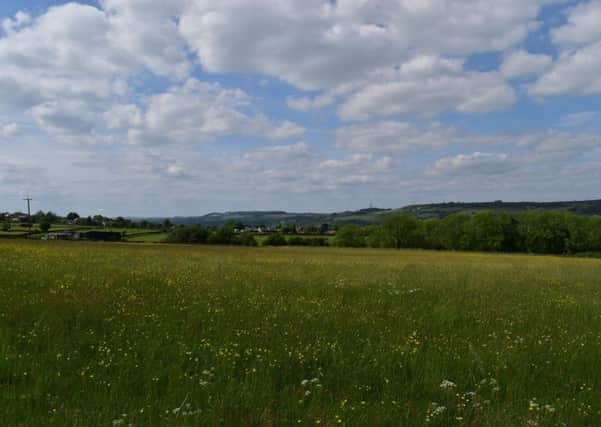Safeguards when money is to be made


For according to one letter, the area in question has been designated as Open Space/Open Countryside since 1998 and in addition comes under the protection of Core Strategy 72, protecting countryside not in the green belt adopted in 2009.
Meanwhile, the 2017 Housing White Paper apparently reaffirms the strong protection for valued Open Countryside; underlining such preference on the part of government by emphasising the need to develop “brown field” sites instead.
Advertisement
Hide AdAdvertisement
Hide AdOne would therefore think that if such “safeguards” are in place and have been so for quite some time, then their existence would consequently be well known by both developers and planning officers and politicians sitting on the planning committee alike; and if the latter’s decision making is (presumably) bound by having to decide in accordance with the aforesaid safeguards, then it would seem to me that any application to build on a protected land site, would consequently be automatically set to fail.
Why would a developer go to the time, trouble and expense of making such a planning application in the first place?
Similarly, it’s also rather puzzling that if such safeguards are in place and local planning authorities are presumably obliged to operate in accordance with them, local groups seemingly feel the need to spring up in order to ensure so-called protected land is in reality protected; rather than trust the established “system”.
So does it mean in the final analysis that the planning authorities can’t be trusted to operate according to established safeguards?
Or that the so-called safeguards are in actual fact no safeguard at all when push comes to shove and there is money to be made?
Michael Parker
Robertshaw Crescent, Deepcar, Sheffield S36